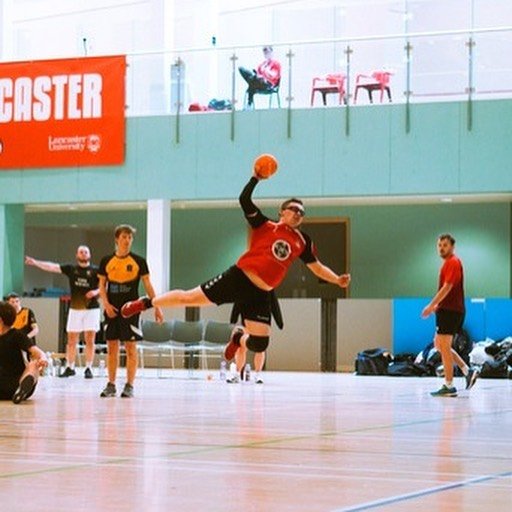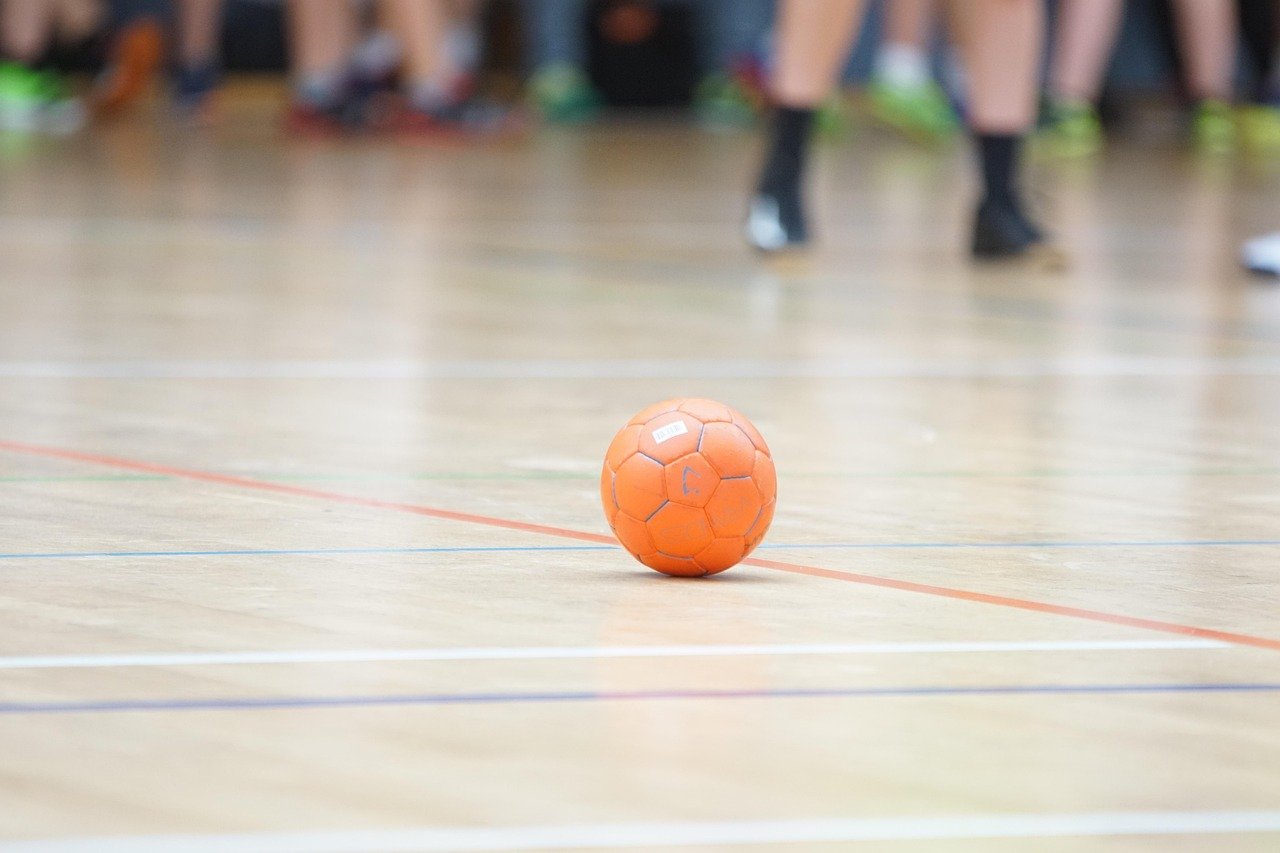Handball is one of the fastest-paced sports in the world, and nowhere is that more evident than in the transition phases. How a team moves from defence to attack – and attack back to defence – often decides matches at the elite level. Understanding these moments, and training your players to recognise them, is essential for success.
In this guide, we’ll break down the key types of transitions, explore how professional teams handle them, and provide tips for coaches and players looking to improve this critical aspect of the game.
What Are Transition Phases in Handball?
The transition phase is the short period after possession changes hands. It’s the window when teams are most vulnerable, and when opportunities for fast breaks or counterattacks are at their highest.
There are two key transitions in handball:
- Defence to attack: Turning a defensive stop into a fast-break scoring opportunity.
- Attack to defence: Quickly reorganising after losing possession to prevent conceding.
Why Transition Phases Matter
Elite teams like Denmark, France, and Spain thrive in transition. Their ability to punish opponents after turnovers – or recover quickly to prevent fast breaks – gives them a competitive edge.
Poor transition management often results in:
- Easy fast-break goals conceded
- Missed scoring chances after turnovers
- Players caught out of position
At the top level, transitions can be the difference between winning and losing.
Defence-to-Attack Transitions
When regaining possession, speed and clarity are everything.
1. Fast Breaks
The most explosive form of transition. Wings and fast players sprint upcourt while the goalkeeper or defenders immediately release the ball. Timing, precision, and communication are key.
2. Second Wave Attacks
If the first fast break isn’t possible, the “second wave” keeps the pace high by involving more players in quick, flowing attacks before the defence fully resets.
3. Structured Transition Offence
Elite teams often move straight from transition into set plays if the defence recovers quickly. This ensures they don’t waste momentum.
Attack-to-Defence Transitions
Losing possession can quickly turn into conceding a goal if players don’t react instantly.
1. Immediate Defensive Recovery
Players must sprint back into a compact defensive shape, prioritising blocking the centre of the court and covering fast-breaking wingers.
2. Foul and Slow the Opponent
Smart, tactical fouls in midfield can stop dangerous fast breaks before they develop. Timing and discipline are crucial to avoid suspensions.
3. Goalkeeper Positioning
The goalkeeper must anticipate turnovers and be ready for long passes or fast shots. Communication with defenders is vital.
How Elite Teams Manage Transitions
Teams like Norway’s women and Denmark’s men are famous for dominating transitions. Key characteristics include:
- High fitness levels to sustain repeated sprints
- Clear communication and pre-planned transition strategies
- Specialist roles (e.g. fast wings leading counters, defensive leaders organising recovery)
- Consistent training of both fast breaks and recovery drills
Coaching Tips to Improve Transition Play
- Train reaction drills where players switch instantly from defending to attacking.
- Use small-sided games that encourage fast transitions and decision-making.
- Emphasise fitness and sprint training, especially for wings.
- Encourage game awareness so players anticipate turnovers before they happen.
- Review video footage of elite teams to analyse movement patterns.
Conclusion
Mastering transition phases is what separates good teams from great ones. The ability to react instantly, whether to launch a devastating fast break or to recover defensively, is central to success in modern handball.
By learning from elite teams, drilling transitions in training, and building fitness and awareness, your team can turn these moments into a winning weapon.


